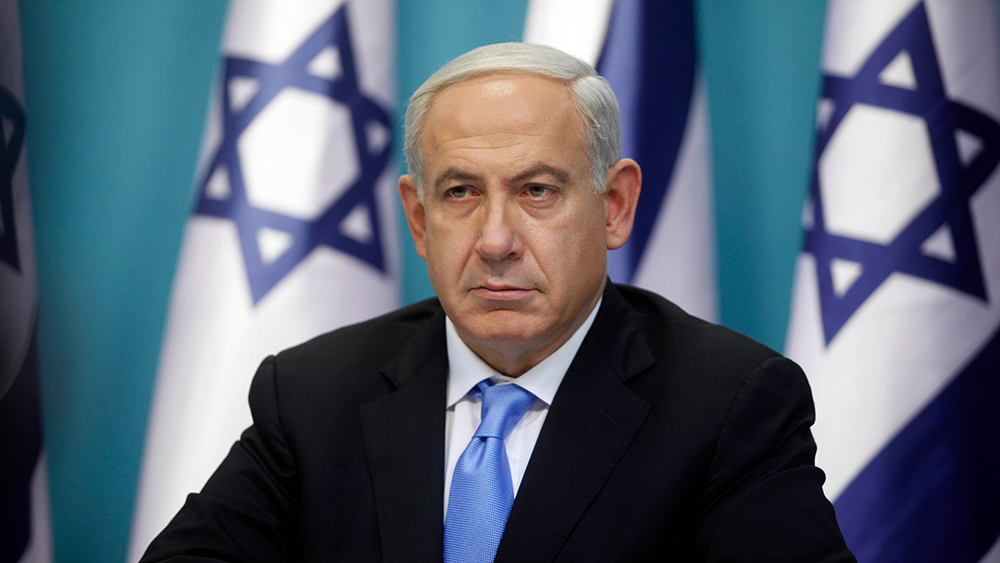- Israel’s security cabinet approved a 42-day ceasefire and hostage release deal with Hamas, brokered by the U.S. and Qatar, including the release of 33 hostages and hundreds of Palestinian prisoners.
- The ceasefire allows Israel to resume military operations if negotiations with Hamas fail, drawing criticism for undermining the agreement’s potential for lasting peace.
- Israeli airstrikes intensified ahead of the ceasefire, killing over 111 Palestinians, exacerbating Gaza’s humanitarian crisis and drawing international condemnation.
- The agreement has sparked political divisions in Israel and offers only temporary relief for Gaza, leaving the root causes of the conflict unresolved.
After weeks of stalled negotiations and escalating violence, Israel’s security cabinet approved a ceasefire and hostage release deal with Hamas on Friday, marking a critical step toward ending the bloodshed in Gaza. The agreement, brokered with U.S. and Qatari mediation, includes a 42-day pause in fighting, the phased release of 33 Israeli hostages, and the liberation of hundreds of Palestinian prisoners. However, the deal has been marred by Israel’s insistence on a controversial guarantee: the right to resume military operations if future negotiations with Hamas break down.
The ceasefire, expected to take effect Sunday, comes after months of devastating conflict that has claimed over 15,000 Palestinian lives, including thousands of women and children. Despite the agreement, Israeli airstrikes have intensified in recent days, killing at least 111 Palestinians since the deal was announced, according to Gaza’s Civil Defense. This relentless bombardment has drawn sharp criticism from international observers, who accuse Israel of undermining the spirit of the ceasefire even as it claims to seek peace.
A fragile agreement with no guarantees
The deal, hailed as a breakthrough by U.S. President Joe Biden, is structured in three phases. The first phase includes a six-week ceasefire and the release of 33 hostages—primarily women, children, the elderly, and the sick—in exchange for hundreds of Palestinian prisoners. By day 16, negotiators are expected to begin talks on phase two, which would involve the release of all remaining hostages and the full withdrawal of Israeli troops from Gaza.
However, U.S. officials have cautioned that the next phases are not guaranteed. Israeli Prime Minister Benjamin Netanyahu has secured assurances from the U.S. that Israel can resume military operations if Hamas fails to comply with the agreement. This provision has drawn criticism from human rights advocates, who argue that it undermines the ceasefire’s potential to bring lasting peace.
Israeli National Security Minister Itamar Ben Gvir, a far-right coalition member who has threatened to quit the government if the agreement is approved, said the deal «teaches them (Hamas) that they can take hostages and attack.” His opposition highlights the deep divisions within Netanyahu’s coalition, which could collapse if the deal moves forward.
Ongoing strikes and humanitarian crisis
Even as the ceasefire deal was finalized, Israeli airstrikes continued to devastate Gaza. On Friday, at least 20 people were killed in attacks on buildings sheltering civilians, including nine members of a single family in northern Gaza. The strikes have compounded the humanitarian crisis in the enclave, where over 2 million people have been displaced and essential infrastructure lies in ruins.
International aid agencies have welcomed the ceasefire but warn that the scale of the crisis demands immediate and unhindered access to Gaza. The United Nations has called for 600 aid trucks to enter the enclave daily—a significant increase from the current trickle of supplies. However, aid workers remain uncertain about the logistics of delivering assistance, given the widespread destruction and the presence of unexploded ordnance.
“We’re hearing that we might see 600 trucks of aid a day entering Gaza,” said Gavin Kelleher, a humanitarian access manager for the Norwegian Refugee Council. “But we’re not exactly clear on how free we will be to move right the way across Gaza from day one.”
For the families of Israeli hostages, the deal offers a glimmer of hope after months of anguish. Michael Illouz, whose son Guy was kidnapped and killed by Hamas, expressed mixed emotions. He said the deal «comes too late for my son,” but added that he welcomed it «with joy in my heart for every hostage saved, for every life saved.”
Yet, for Palestinians in Gaza, the ceasefire is a bittersweet reprieve. While it offers a temporary halt to the violence, it does little to address the root causes of the conflict or the decades-long occupation. As the international community watches, the question remains: Will this deal pave the way for a lasting peace, or will it merely be a pause in an endless cycle of violence?
The approval of the ceasefire-hostage deal is a significant step, but it is far from a resolution. Israel’s insistence on retaining the right to resume fighting, coupled with its continued strikes even as the deal was finalized, underscores the fragility of the agreement. For the people of Gaza, the ceasefire offers a brief respite from the horrors of war, but the scars of this conflict will take generations to heal.
Sources for this article include:
